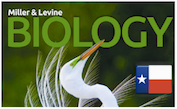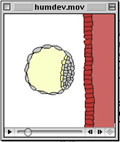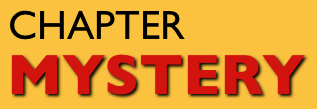
Emerging Infectious Diseases
|
Chapter 30 of our Texas book is a summary of Human Body Systems |
|
Think about it - The batter slaps a ground ball to the shortstop, who fields it cleanly and throws the ball toward your position - first base. In a single motion, you extend your glove hand, catch the ball, and extend your foot to touch the edge of the base. An easy out, a routine play. But think about how many systems of your body are involved in making this type of "routine" play. How do they all work together?
![]() Key Questions Include:
Key Questions Include:
How is the human body organized?
What is homeostasis?
What are the structures and functions of the major body systems?
What causes infectious disease?
What are the body's non-specific defenses?
What is the function of the immune system's specific defenses?
What health problems result when the immune system does not function properly?
What causes AIDS and how is it spread?SciLinks: The Cardiovascular System
SciLinks: Excretory Systems
SciLinks: The Endocrine System
SciLinks: Human Growth and Development
SciLinks: The Immune System
Active Art: Breathing
The Telltale Sample

On the first day of summer football practice, all players were required to have a physical. Each student was handed a plastic cup and directed to the rest room. "Please provide me with a sample," the physician requested. Most of the athletes had no idea how much could be learned about their health and behavior from a urine sample.
Click Here for the complete Chapter Mystery

Virtual Neurophysiology lab
(from HHMI)

Action Potentials and Muscle Contraction (animation)








